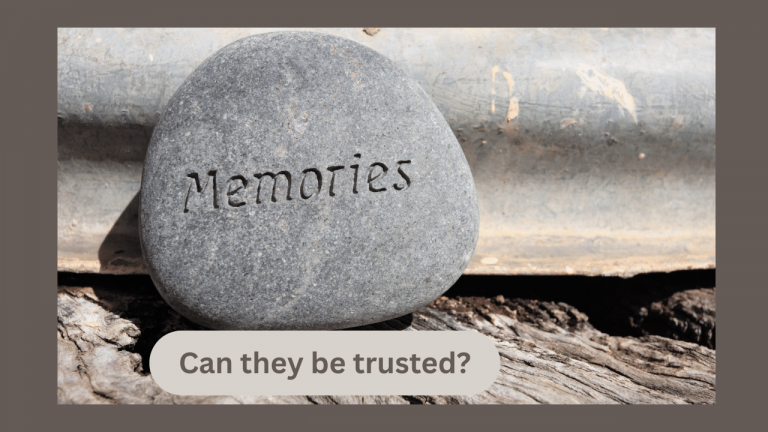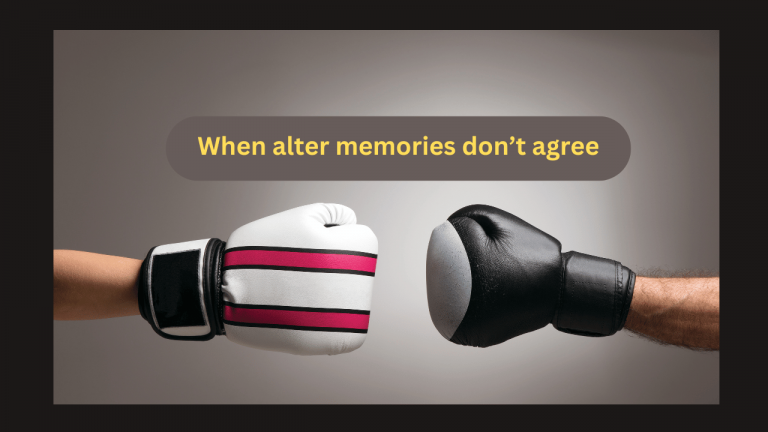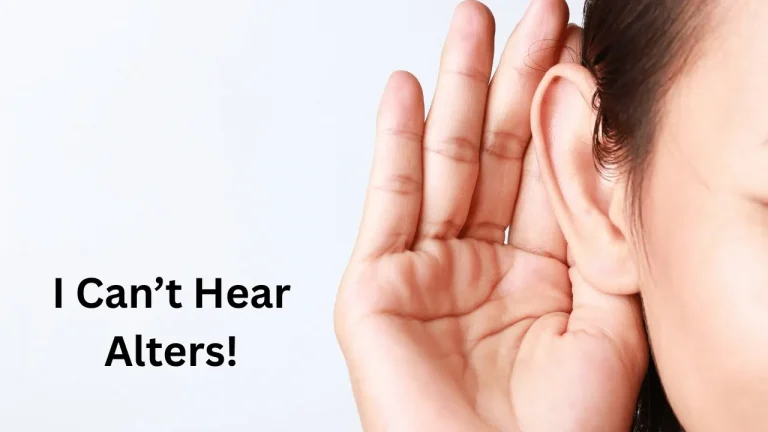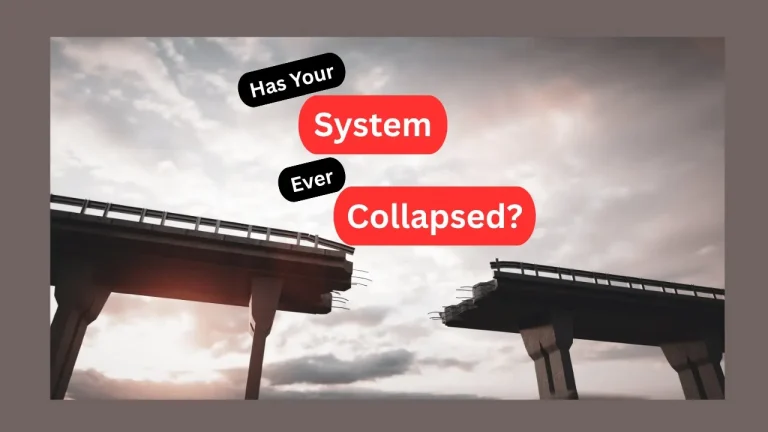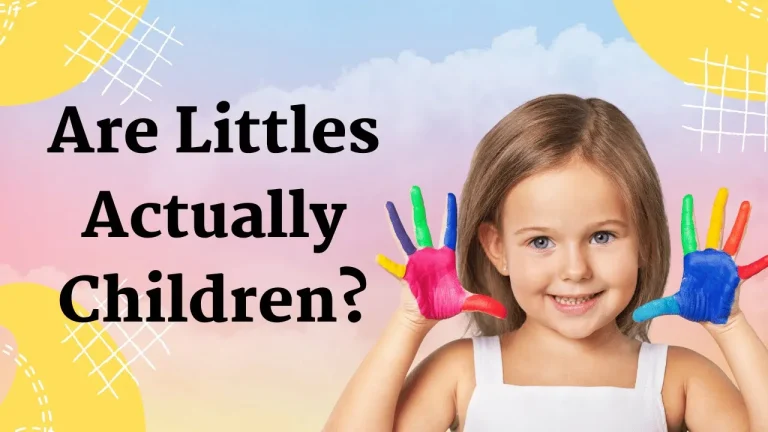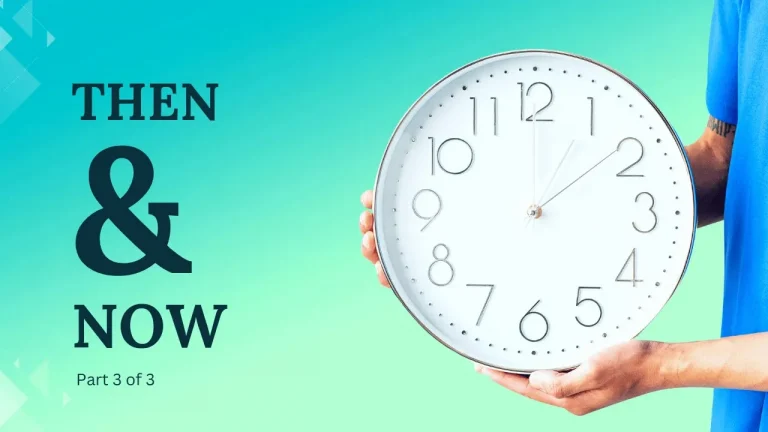Struggling to trust your trauma memories? Learn why implicit memory matters, how DID parts may hold different truths, and what really supports healing...
Why do emotions react before thoughts? Learn how trauma sensitizes the amygdala, shaping emotional reactions long before the thinking brain can respond...
Find videos exploring why alters may recall the same trauma differently and how focusing on impact—rather than disputed details—can support healing...
Decompensation is a psychological emergency. Learn what it is, why it happens in DID or complex PTSD, and the steps that help restore safety and stability...
Not hearing voices in DID or OSDD? That doesn’t mean you don’t have it. Learn why alters may communicate in other ways and how system dialogue can grow...
Decompensation is a psychological emergency in DID, OSDD, and complex PTSD. Learn signs, triggers, and immediate steps to increase safety and stabilization...
I want my videos to be helpful to you. I want them to address topics, concerns, and questions that you have. If you feel comfortable, you can leave them in the comments to this video. If you prefer to...
Are Littles in DID really children? Learn how trauma-holding parts can be stuck in trauma-time, when Littles grow, and what that means for healing...
Anchors help parts stuck in trauma time reconnect to the present. Learn how everyday objects and reminders can show it’s now, not the past...

